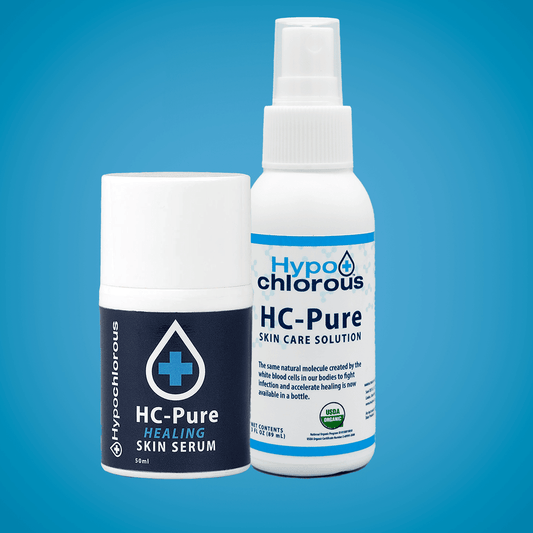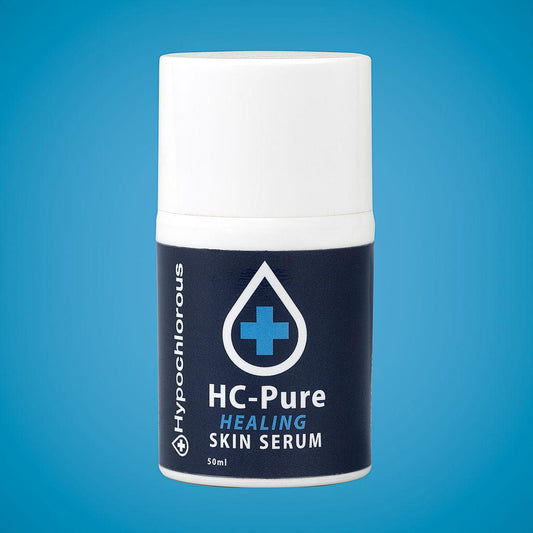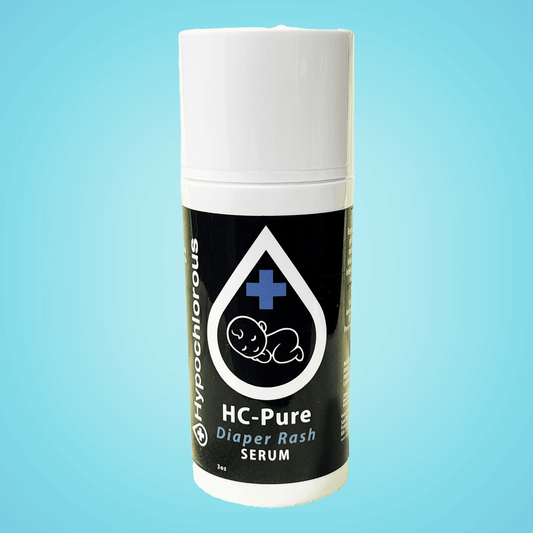The unintended consequences of man-made, synthetic chemicals
The history of unintended consequences from the use of man-made, synthetic chemicals “to improve our health” is not good….
Mercury and lead were commonly used as medicines in the 1700s and 1800s — they are now known to be poisons and caused more loss of life than they saved.
During World War II people drank “radium water” and bought cosmetics, butter, milk and toothpaste that were laced with radioactive radium — only five years later did the gruesome effects of radium poisoning become apparent.
In the 1950s and 60s, DDT was quickly adopted as an insecticide to combat malaria and typhus and for insect control in crops — however its use was outlawed in 1972 after the effects of cancer, reproductive harm and impaired neurodevelopment became evident.
In the 1920s bleach became a popular sanitizer and in the 1950s factories began producing synthetic chemicals known as “quats” (quaternary ammonium compounds) for use in cleaning products to kill bacteria and viruses. Now in the 2000s the negative health effects of bleach and quat cleaners have become clear. A study of 55,000 nurses in the United States showed that the use of bleach and quats in cleaning were linked to a 32% increase in lung disease, including asthma, COPD, and lung cancer.1 A separate study of 6,200 women and men conducted over a 20 year period determined that the use of bleach and quat cleaners had the same negative impact on lung health as smoking a pack of cigarettes every day for 20 years. And the effect was more pronounced in women than in men.2 Recently published research has now indicated that the use of quats, in particular, can also have negative health effects on dermal, immune and reproductive systems in the human body. 3
There is a safer way to clean and disinfect our homes
In contrast to the use of man-made and synthetic chemicals, nature has provided a way to safely, effectively and naturally clean and eliminate harmful bacteria and viruses from our homes and our environment.
The bone marrow in our bodies — and in the bodies of all skeletal animals — creates white blood cells as the major tool in our immune system to heal and protect our bodies from infection. These white blood cells use natural biochemical processes to convert table salt and water, ingested in our daily diet, into a molecule called “hypochlorous.” When a potential infection is detected in our bodies, the immune system directs the white blood cells to the infection site to create hypochlorous molecules to fight and kill the pathogenic bacteria or virus invaders. After the hypochlorous has finished its job of eliminating the pathogens, the molecule naturally reverts to its original form of salt and water, which is completely harmless to the human body^2.
This same molecule that is created inside of our bodies can now be created outside of our bodies using the same salt and water together with a natural electrochemical process. The combination of salt, water, and electricity can create a natural cleaner and disinfectant that has been scientifically proven to be 120 times more effective in killing germs than bleach! And after the hypochlorous molecule has completed its job of cleaning and eliminating bacteria and viruses, it reverts back to its original form as a dilute saline solution, which is completely safe for human and animal health and for the environment.
How to eliminate toxic chemicals, bacteria and viruses from your home
The largest source of toxic chemicals introduced into your home is likely to be from cleaning products. Based on market share data in the United States, at least 75% of cleaning chemicals used today in homes, schools, and commercial buildings are either a “quat,” bleach, or a bleach-derivative product.
The most important step you can take today to protect and preserve your health and the health of your family and friends is to stop buying and bringing toxic cleaning products into your home.
Replace these products with safe, healthy products made from safe, natural ingredients. For everyday cleaning up of soils, oils, and grease we recommend the use of simple soap and water. Great and proven brands of natural cleaning soaps include: Dr. Bronner’s, Branch Basics, and Ecos.
While soap and water are great for cleaning, soap and water alone will not kill the harmful bacteria and viruses that are a constant presence in the air and on surfaces in our homes. To safely eliminate these harmful pathogens, we recommend the natural approach to disinfection, which is hypochlorous. Also known as hypochlorous acid or electrolyzed water, hypochlorous has been approved by the US EPA as a broad spectrum disinfectant, meaning that it is effective against virtually any harmful bacteria or virus. Hypochlorous has been approved by the US FDA for use on food contact surfaces. And the Hypochlorous brand Cleaner & Disinfectant product has also been Certified Organic by the USDA — the only brand of hypochlorous acid to have achieved that designation for the safety and purity of its natural ingredients and production process.
Hypochlorous Cleaner & Disinfectant works in tandem with natural soap and water to create a clean, germ-free environment in your home, replacing bleach or quat cleaners for everyday tasks such and cleaning and disinfecting countertops, appliances, cutting boards, sinks, bathroom fixtures and floors. And only the Hypochlorous Cleaner & Disinfectant has been approved by the EPA to label its product as “Green,” “Non-Toxic,” and “Nature’s Germ Killer.”
Avoid the unintended consequences of using man-made, synthetic cleaning chemicals into your home. Replace them today with the all-natural Hypochlorous Cleaner & Disinfectant.
Share this important information with friends using your rewards button and they will receive 25% off their first order.
References:
- https://www.sciencedaily.com/releases/2017/09/170910232514.htm, also https://jamanetwork.com/journals/jamanetworkopen/fullarticle/2753247#google_vignette
- https://fortune.com/2018/02/19/cleaning-products-cigarettes-lung-health/, also https://pubmed.ncbi.nlm.nih.gov/17585104/
- https://pubmed.ncbi.nlm.nih.gov/37157132/





